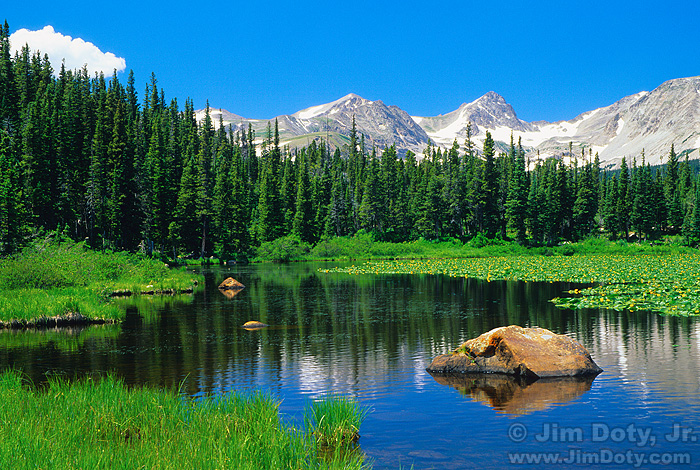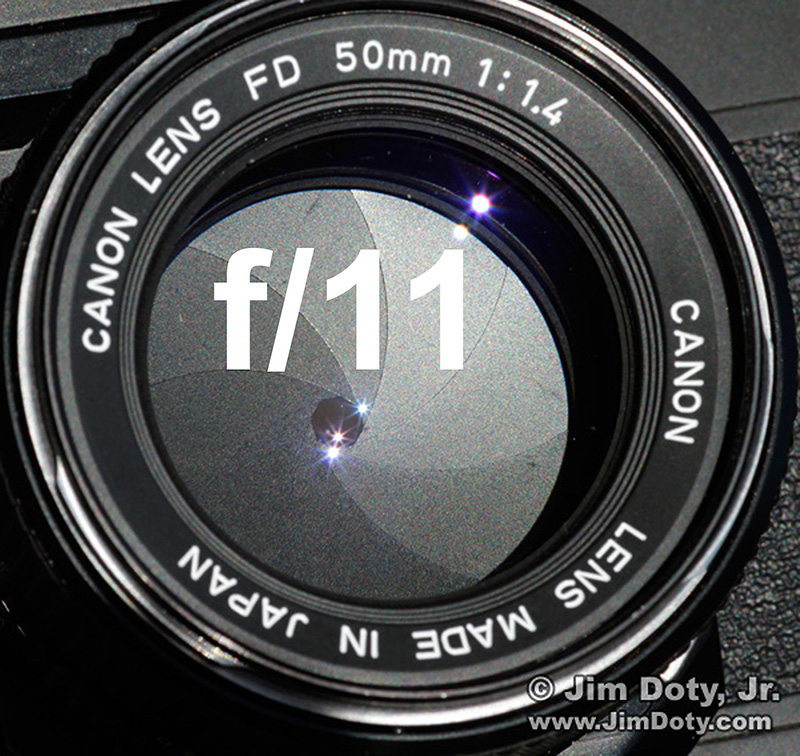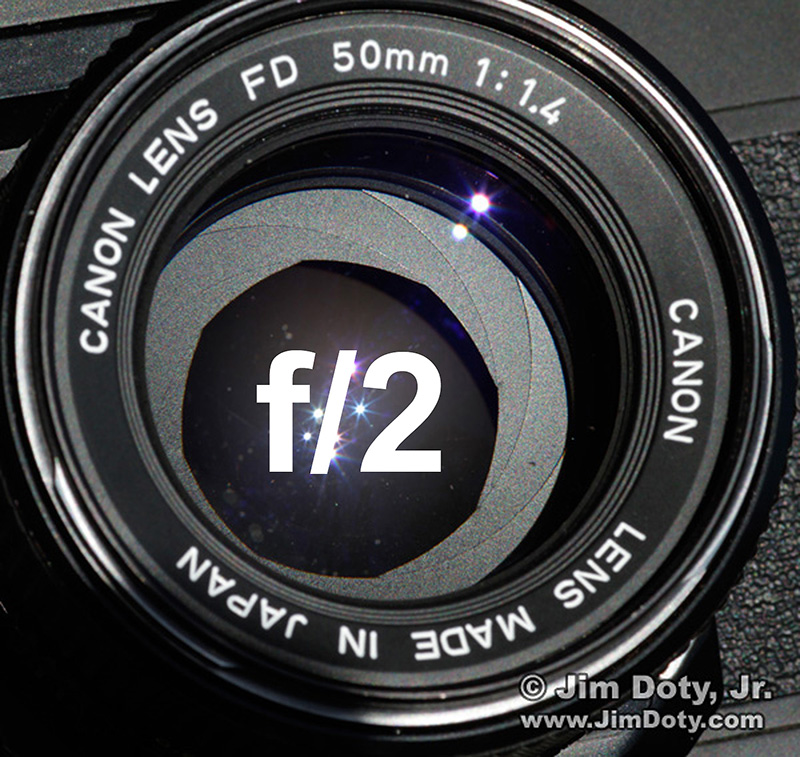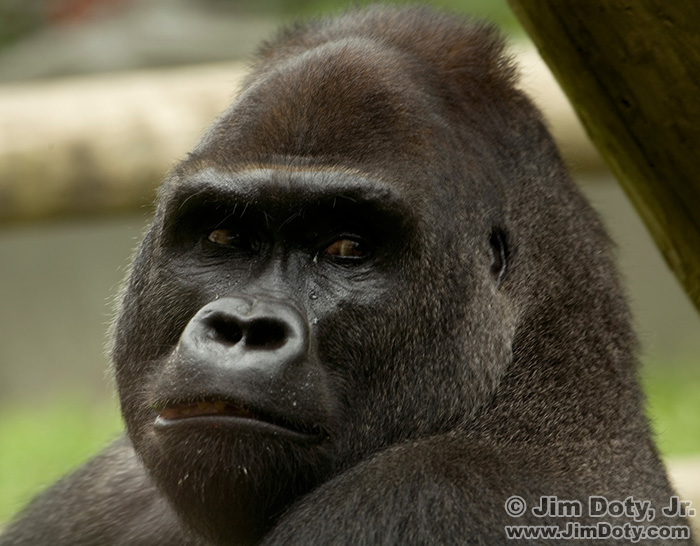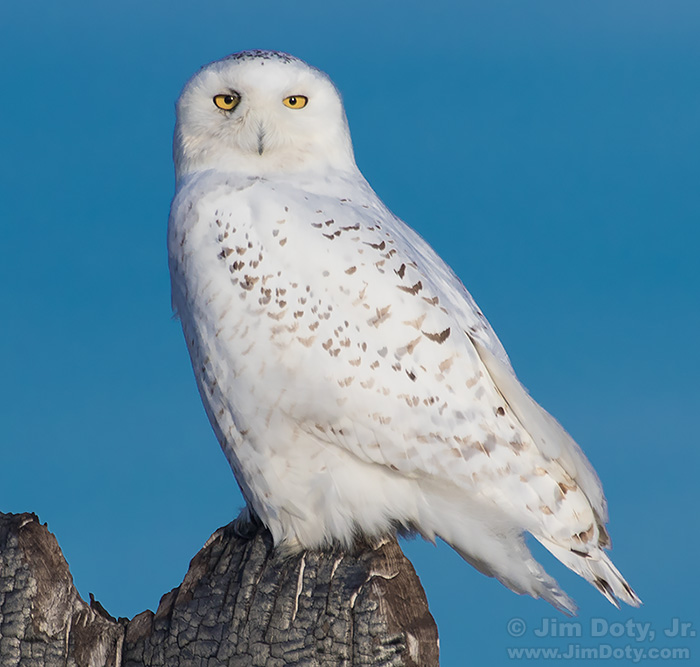A Quick “Sunny f16” Summary
As long as the sun is high in the sky and not obscured by clouds, haze, smoke, dust, or other particulates in the air, it is a constant light source. That is why the Sunny f16 rule usually works in spring, summer, fall, and also winter as long as there isn’t any snow on the ground. (If there is snow on the ground, read this article.) The Sunny f16 rule, also known as Basic Daylight Exposure (BDE), (or the “fig” rule because f16 hand written looks like the word fig), is pretty simple.
The Sunny f16 Rule works like this. For front-lit subjects, set the lens aperture to f16 and use a shutter speed equivalent to 1 over the ISO you are using (1/ISO). For example: If the camera ISO is set to 100, the Sunny f16 exposure is f/16 at 1/100 second. If the camera ISO is set to 400, the Sunny f16 exposure is f/16 at 1/400 second. As long as the subject is front-lit and not really light in tone (like white sand, white animals, and snow), or really dark in tone (like a gorilla), the Sunny f16 rule works just fine.
Equivalent Exposures
You can also use “equivalent exposures”. Those are different combinations of ISO, aperture, and shutter speed that give you the same exact exposure as the Sunny f16 rule. To do that you need to understand “stops”. If you don’t, or need a refresher, drop down and read “Thinking in Stops” later in this article. Then come back here. For now, look a these two photos of a lens. You can see the aperture blades and the opening in the middle that lets in the light.
As you can see from the photos above and below, at f/11 a lens lets in a lot less light, and at f/2 a lens lets in a lot more light.
All of the exposure combinations on the list below will give you the same exposure as the sunny f16 rule. Each time the aperture increases the light by one stop (gets bigger), the shutter speed decreases the light by one stop (gets shorter in time), so the amount of light that hits the sensor or film remains the same.
ISO 100, f/16, 1/100 sec.
ISO 100, f/11, 1/200 sec.
ISO 100, f/8, 1/400 sec,
ISO 100, f/5.6, 1/800 sec.
ISO 100, f/4, 1/1600 sec.
ISO 100, f/2.8, 1/3200 sec.
ISO 100, f/2, 1/6400 sec.
This leads to my water bucket theory of exposure. Assume your goal is to fill a bucket with water. If you use a water hose with a bigger diameter (bigger aperture), it takes less time (faster shutter speed) to fill the bucket. It is the same with apertures and shutter speeds. A big aperture lets in more light so the light bucket in your camera (the sensor/film) fills up quicker.
If all of these equivalent exposures are the same as the sunny f16 rule (BDE), which do you choose? That depends on your subject. If you are doing a landscape and you need a lot of near to far depth of field, choose ISO 100, f/16, 1/100 second. That is because an aperture of f/16 gives you more depth of field. If you are photographing a track meet and you want to freeze the runners, choose ISO 100, f/5.6, 1/800 second for the faster shutter speed.
Exposure Compensation for the Sunny f16 Rule
There are four exceptions for the Sunny f16 Rule. If your subject is side-lit, back-lit, really dark in tone, or really light in tone, you will need to do some exposure compensation. For side-lit subjects add about 1/2 to one stop of light. For backlit subjects add about one to two stops of light. For really dark subjects (like a gorilla) add about one stop of light or your subject will look too dark. For really light and white subjects (like a snowy owl), subtract about one stop of light or your white subject will wash out.
Why Use The Sunny f/16 Rule?
On Sunny days it is a highly accurate. Take the mountains and lake scene at the top of this article. There are a lot of different tonalities in this scene, some of them light, many of them dark. If you meter the whole scene, all the dark tones will throw off your camera meter and your exposure will be too light. The snow, sky, and mountains will be too light. You could spot meter one specific tone in the scene and use exposure compensation, but that takes some time and decision making. Fortunately, the whole scene is lit by the sun, so BDE (the Sunny f16 rule) will give you the perfect exposure, no metering required.
The Sunny f16 Rule will also save you on sunny days if your camera meter dies. That happened to me on the trip of a lifetime to Haiti, and I was using slide film. I used BDE all week long during the long, sun shiny days. At night I used the exposure guide on the inside of a Kodak film box.
Thinking in Stops
To deal with exposure, you need to be able to think in stops.
Photographically speaking one stop means either twice as much light, or half as much light. Stops apply to ISO speeds, apertures, and shutter speeds.
Some typical ISO speeds in one stop increments (slowest to fastest): 100 200 400 800 1600 3200
ISO 200 is one stop faster than ISO 100 speed film. So at ISO 200 you can use a shutter speed that is one stop faster than if you were using ISO 100.
Cameras and lenses control the amount of light that reaches the digital sensor with shutter speeds and lens apertures. Longer shutter speeds mean more light. Wider lens apertures mean more light
Apertures in one stop increments from widest (most light) to smallest (least light):
f/1.4 f/2.0 f/2.8 f/4.0 f/5.6 f/8.0 f/11 f/16 f/22
Most lenses can be set in 1/2 or 1/3 stop increments in between the full stop settings.
Shutter speeds in one stop increments from fastest (least light) to slowest (most light):
1/1000 1/500 1/250 1/125 1/60 1/30 1/15 1/8 ¼ ½ 1 sec 2 sec 4 sec 8 sec 16 sec.
Most cameras can set shutter speeds in 1/2 or 1/3 stop increments in between the full stop settings.
Posted February 26, 2024. Updated March 2, 2024.
Links
More details on all the ins and out of the Sunny f16 rule are covered in my book Digital Photography Exposure for Dummies.

